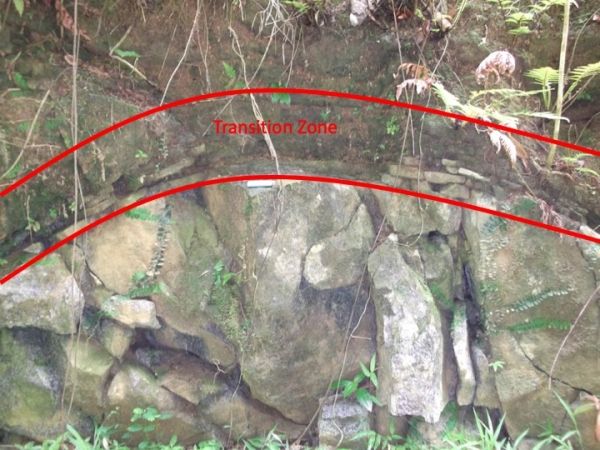Research published this week by University of Wisconsin–Madison scientists shows how bacteria can degrade solid bedrock, jump-starting a long process of alteration that creates the mineral portion of soil.
Soil, which the aphorism describes as “that thin layer on the planet that stands between us and starvation,” is a complex mishmash of minerals and organics.
The problem is this, says senior author Eric Roden, a professor of geoscience at UW–Madison: “The general picture of soil shows solid bedrock a few meters below the surface, then a fractured, crumbly layer popularly called ‘subsoil.’ At the top is the rich, biologically active layer called soil. Chemical analysis links the minerals in soil to bedrock, but how does this extreme transformation take place?”
Oxygen and compounds from plant roots can degrade rock near the surface, but bedrock starts to degrade deep beneath the roots. Until now, no one has shown the key role of biology in speeding the decomposition of solid rock into smaller mineral bits.
Continue reading at University of Wisconsin - Madison
Image via University of Wisconsin - Madison


